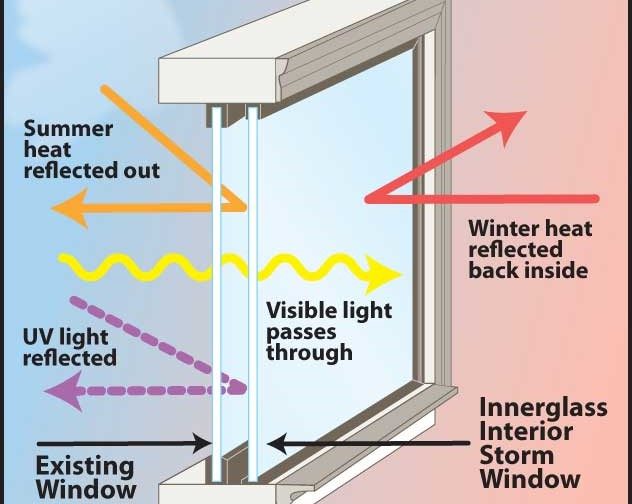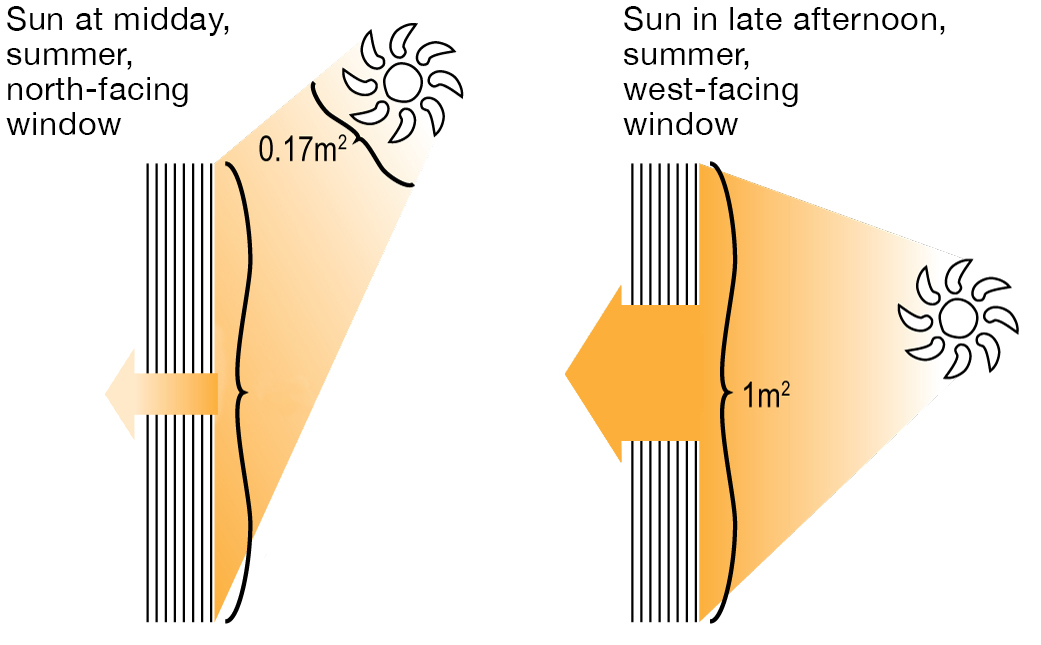All Categories
Featured
Table of Contents
The Ultimate Guide To Double Glazed Windows in Shenton Park Western Australia
That window can transfer more solar heat in winter season than in summertime. A west-facing window on a summer season's afternoon has an angle of incidence from near 0 approximately 30 with a big efficient location of solar radiation. A north-facing window, in summertime, has a high angle of incidence and a low reliable location of solar radiation, so can transmit less heat than a west-facing one.

You can quickly and quickly improve the thermal efficiency of your home by changing your windows. There are thousands of types of glass and frames to choose from.
What Are The Best Double Glazed Windows In Australia? in Beckenham WA
Single glazing with clear glass is not extremely effective when it comes to heat loss or gain. To improve performance, you can utilize single glazing with a more energy-efficient type of glass such as low emissivity (low-e) glass.
Several layers can be put together with sealed cavities in between each sheet of glass. IGUs typically use better energy performance than single glazing, because they transfer less energy. The energy efficiency of IGUs also depends on: the residential or commercial properties of each layer of glass. Various glass types (for example, clear and low-e glass) can be assembled in an IGU.
How Does Double Glazing Keep Heat Out? in Ellenbrook Western Australia

IGU cavities can be filled with air or a more inert, low-conductivity gas such as argon the width of the cavity. Cavity density is generally 6 to 18mm. Broader cavities supply lower (much better) U values, with 12mm generally accepted as the preferred space how well the cavity is sealed. Cavities should be dry and well sealed to avoid wetness getting in.
If argon is set up to the cavity in location of air, moisture is dependably left out the level of desiccant (drying agent). The spacer (metal or polymer strip) that separates the glass layers includes a desiccant to absorb any wetness. Inadequate desiccant might trigger wetness to condense on the glass surface area in cold conditions, minimizing thermal performance.
Double Glazed Windows Melbourne - Upvc - German ... in Landsdale WA
In fact, IGUs can provide better energy performance for all environments, particularly in heated and air-conditioned homes. Cross-section detail of single, double and triple-glazing systems Low emissivity glass (commonly called low-e glass) decreases heat transfer. Low-e glass may be either high or low transmission: High transmission low-e glass has a finish that permits daytime from the sun to enter the home to attain great solar heat gain, however decreases the quantity of the long wavelength infrared heat that can escape back through the window.
Low-e glass has either a pyrolytic finish or a vacuum-deposited thin movie metal finishing. Pyrolytic finishes are long lasting and can be utilized for any glazing; vacuum-deposited coatings are soft and are only used within IGUs. Low-e finishes can significantly enhance both U value and SHGC; however, they must be utilized properly or they will either degrade or fail to carry out as needed.
Save Energy With Double Glazed Windows in Coogee Perth
Low-e coverings can be utilized in combination with clear, toned or reflective glass. Low-e finishes on glazing can minimize heat transfer where required Photo: Department of Industry, Science, Energy and Resources Toned glass has colouring ingredients consisted of throughout manufacture. It is available in different colours, normally bronze, grey, blue and green.
Latest Posts
How To Upgrade Your Garden's Summer House For Year- ... in Hilton WA
When Is The Best Time Of Year To Replace Windows? in Hovea Western Australia
Sustainability in Coolbellup Perth